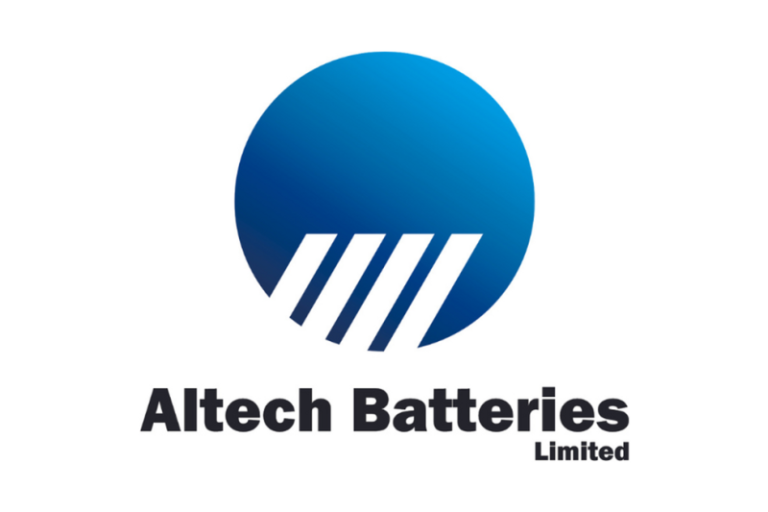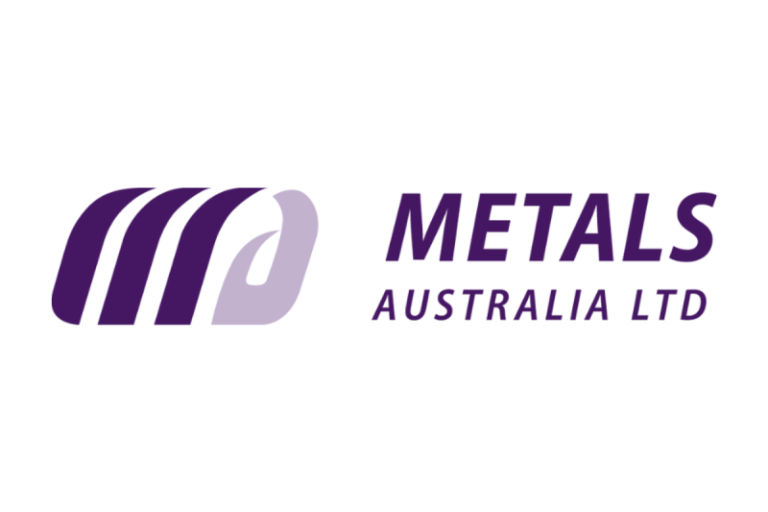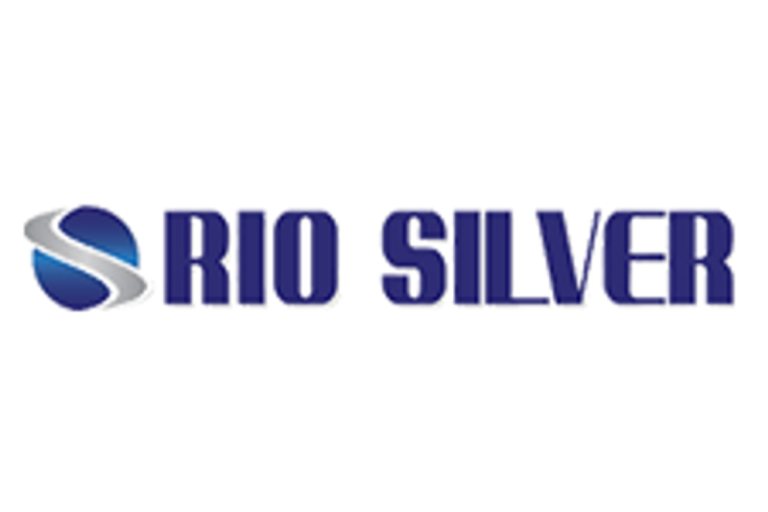This article discusses suicide and suicidal ideation. If you or someone you know is struggling or in crisis, help is available. Call or text 988 or chat at 988lifeline.org.
Dallas Cowboys defensive end Marshawn Kneeland died at age 24 early in the morning of Nov. 6, according to statements from both the Cowboys and Jonathan Perzley, his agent and friend.
Frisco, Texas Police are investigating Kneeland’s death as a possible suicide. In a statement, the department officials said they responded to a request from the Texas Department of Public Safety to assist in finding a car that evaded state troopers during a pursuit. They later found the car crashed on Dallas Parkway with signs that Kneeland, the driver, fled on foot.
The Collin County Medical Examiner’s Office will determine the cause of Kneeland’s death, the statement continued.
Tonight, the Las Vegas Raiders and Denver Broncos face off in ‘Thursday Night Football’ to kick off Week 10. The game will hold a moment of silence for Kneeland after this morning’s news.
Prime Video’s ‘Thursday Night Football’ crew of analysts took turns sharing their feelings about what happened.
Longtime NFL offensive tackle Whitworth brought up his work with veterans and their mental health.
‘This is the kind of conversations all the time about when this uniform comes off, when the helmet comes off of us, and sometimes we think of ourselves as superheroes out there on that field,’ he said. ‘But when we come off of it we’re hurt, we’re stressed just like everybody else. Just hope that for everybody out there that’s experiencing that pain of the today, they remember to reach out to one another.’
‘It’s so heavy,’ former All-Pro cornerback Richard Sherman said. ‘When you’re a former player, you recognize it so much more how much you can reach out to guys, how much more you have to reach out and check on guys mentally because we all have those demons. We have those things you’re dealing with but you don’t ever want to be dealing with them alone… You can be vulnerable. You can still be a great player.’
Current and former NFL players as well as teams paid tribute to Kneeland after news of his death. The NFL also released a statement offering condolences to Kneeland’s loved ones and help for the Cowboys.
‘We are deeply saddened by the tragic news of the passing of Cowboys’ Marshawn Kneeland,’ the NFL said. ‘Our thoughts and prayers are with his girlfriend Catalina, family, friends and his teammates. We have been in contact with the Cowboys and have offered support and counseling resources.’










